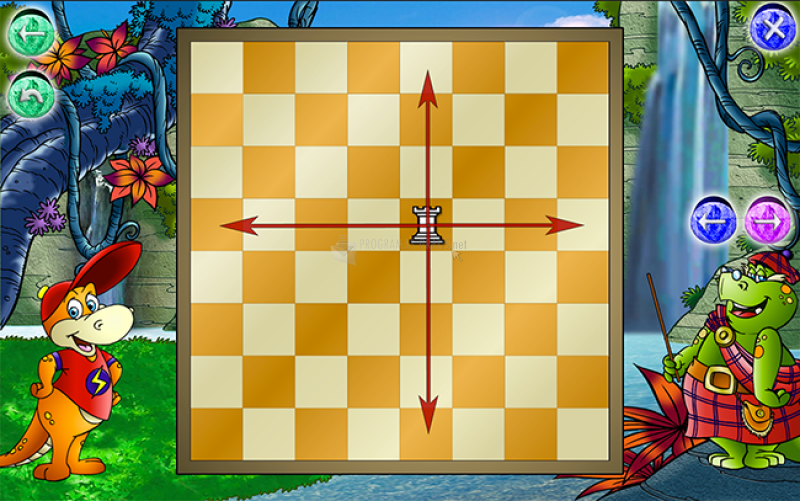
"Its time to start seeing these animals in a new evolutionary context." The researcher's findings also suggest that iconic predators such as the Velociraptor of Jurassic Park fame and their close relatives may have evolved from omnivorous ancestors - an idea Zanno proposed last year in 2009 based on the discovery of a new plant-eating coleurosaur, Nothronychus graffami.īesides identifying diet, the researchers analyzed whether different groups of coelurosaurs followed the same evolutionary pathways toward an herbivorous diet. "This new research firmly supports what we've have been speculating about for some time," she says. rex and other meat eating coelurosaurs like Velociraptor should be viewed "more as the exception than the rule," Zanno says. Because plant eating was found to be so widespread in Coelurosauria, the hypercarnivorous habits of T.

"Once we linked certain adaptations with direct evidence of diet, we looked to see which other theropod species had the same traits," Zanno said, "then we could say who was likely a plant eater and who was not."Īpplying their data on diet, the researchers found that 44 theropod species distributed across six major lineages were eating plants and that the ancestor to most feathered dinosaurs and modern birds had probably already lost its appetite for flesh alone. They found almost two dozen anatomical features statistically linked to direct evidence of herbivory including a toothless beak. After collecting dietary data for almost 100 coelurosaur species, Zanno and Makovicky used statistical analyses to test whether certain skeletal traits (such as the loss of teeth or a long neck) could be found to correlate with direct evidence of plant eating among coelurosaurian dinosaurs. Fossilized dinosaur dung, stomach contents, tooth marks, the presence of stones within the stomach that serve as a gastric mill for digesting vegetation, and even two dinosaur species preserved locked in the throes of combat all provide a direct window on diet. "These oddball dinosaurs have been the subject of much speculation" says Makovicky, "but until now, we have not had a reliable way to choose between competing theories as to what they ate."įortunately a small percentage of these species also preserve clear-cut evidence of diet with their skeletal remains. However, many coelurosaurian dinosaurs have more ambiguous adaptations such as peg-like teeth at the front of the mouth or no teeth at all so determining their diet has been a challenge. No one doubts, for example, that the bone-crunching teeth and jaws of Tyrannosaurus rex were the tools of a megapredator or that the tooth batteries of Triceratops were used for shearing plant material. Sometimes figuring out what a dinosaur ate is fairly obvious. In all but the rarest cases, paleontologists have nothing but fossilized bones and teeth to work with. The most intelligent dinosaurs and those with the smallest body sizes also belong to this group.ĭeducing the diet of extinct animals isn't always straightforward.


Coelurosauria also includes the iconic hunters Tyrannosaurus and Velociraptor. Among theropod dinosaurs, all modern birds and several groups of their closest extinct relatives belong to a subgroup known as Coelurosauria. Theropods are a group of bipedal dinosaurs colloquially known as "predatory" dinosaurs. "Most theropods are clearly adapted to a predatory lifestyle, but somewhere on the line to birds, predatory dinosaurs went soft," Zanno says.

Rather, Zanno and Makovicky show that among the most bird-like dinosaurs - known as coelurosaurs - plant eating was a common way of life. Their results challenge the conventional view that nearly all theropods hunted prey, especially those closest to the ancestors of birds.


 0 kommentar(er)
0 kommentar(er)
